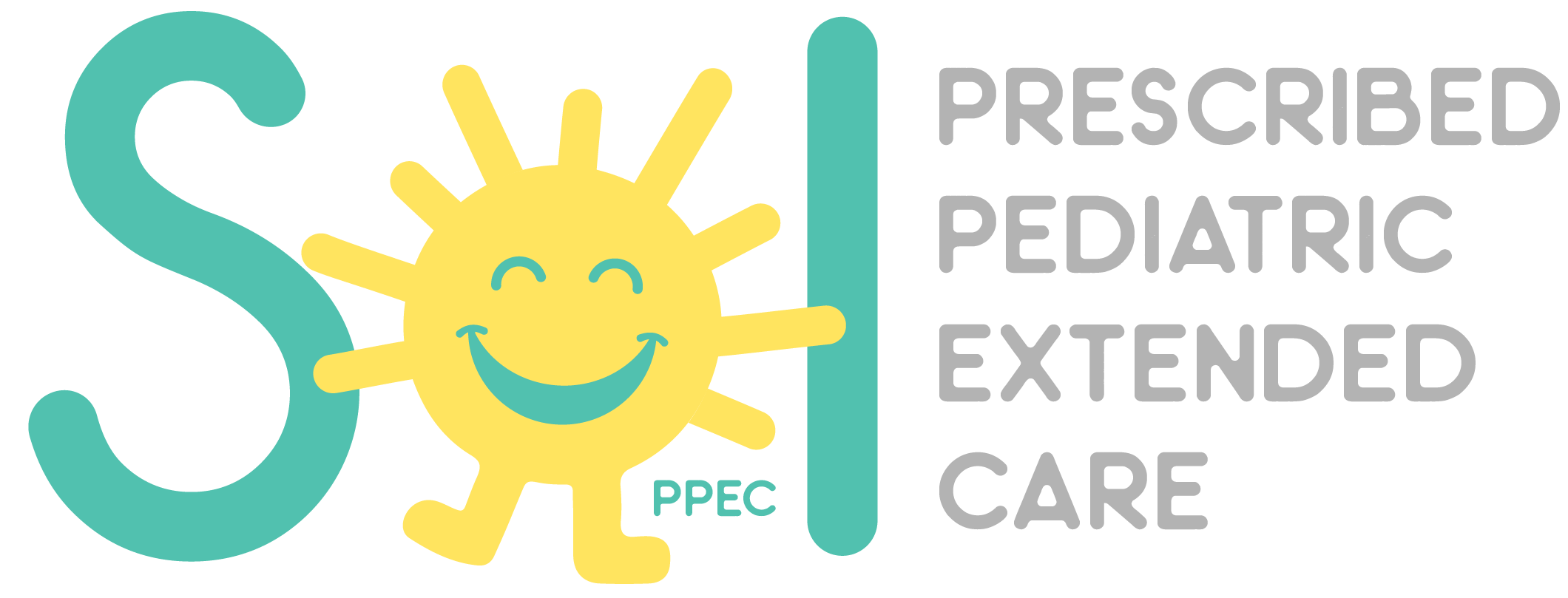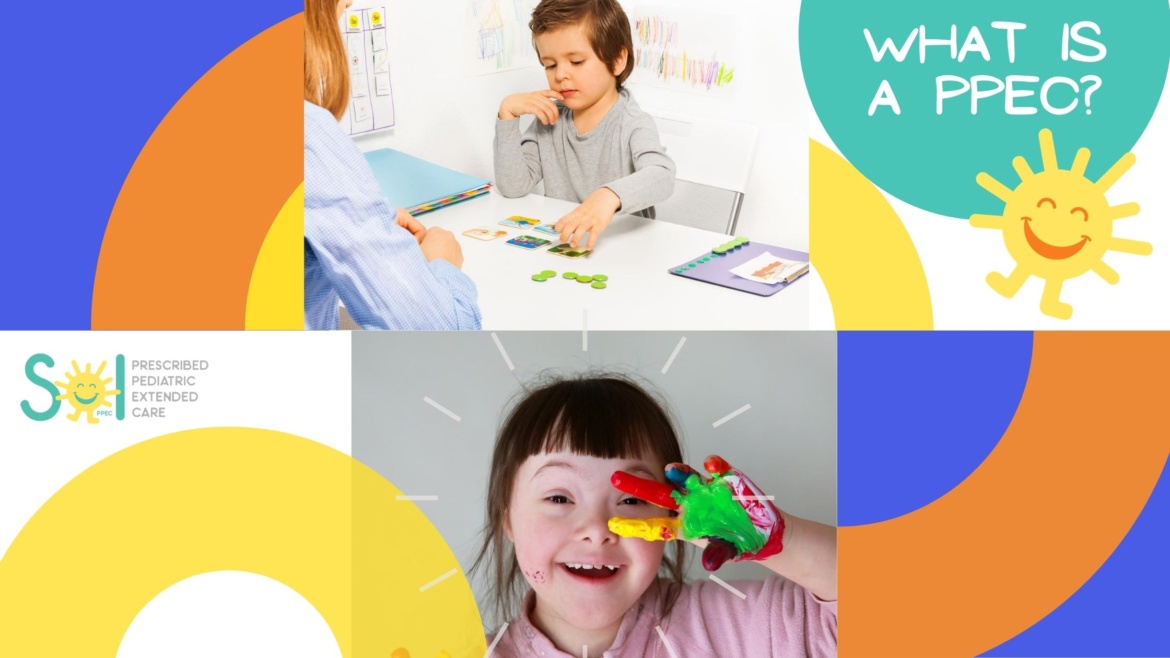The Prescribed Pediatric Extended Care Center (PPEC) is a nonresidential, family-centered health care service for medically or technologically dependent children (Pierce et al., 1987). The PPEC model is a novel and innovative approach to address the complex needs of these families.
Advancements in medical technology have greatly improved the survival rates of infants and children with multiple health problems. According to Hobbs, Perrin, and Ireys (1985), approximately 10% of chronically ill children are medically and/or technologically dependent. With that being said, prior to the existing PPEC model, families were limited to prolonged hospitalizations, homecare using private duty nursing, or having a parent resign from employment and care for the child. These options did not address the psychosocial needs of the child and had a negative economic impact on the families. A better alternative was needed.
The PPEC model incorporates a triad of necessary services:
- A family centered approach
- Multidisciplinary services
- Individualized goals
A PPEC includes the family in the plan of care (POC) to assist in gaining the confidence necessary to integrate the child into family life. The multidisciplinary team can consist of a board certified pediatrician, registered nurse, social worker, physical therapist, occupational therapist, speech therapist, and behavioral therapist. This team comes together, along with the family, to develop a POC with individualized goals based on the child and family’s need.
For admission into a PPEC, a child must have a prescription from his/her attending physician. To be eligible for placement, the children must have complex chronic medical condition or require intensive short-term services secondary to an extended hospital stay. In addition, the child must be medically stable, the parent or guardian consent to placement, and the child pose no risk of infection to others.
Patricia M. Pierce, Steve A. Freedman & John G. Reiss (1987) Prescribed Pediatric Extended Care (PPEC): A New Link in the Continuum, Children’s Health Care, 16:1, 55-59, DOI: 10.1207/s15326888chc1601_11
Hobbs, N., Perrin, J. M., & Ireys, H., T. (1985) Chronically ill children and their families, San Francisco, Jossey-Bass


